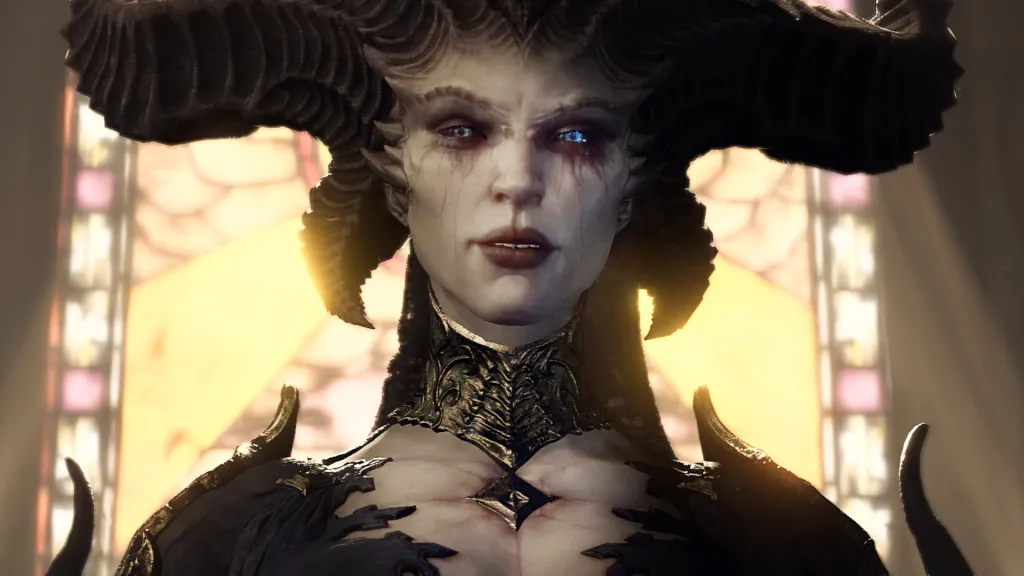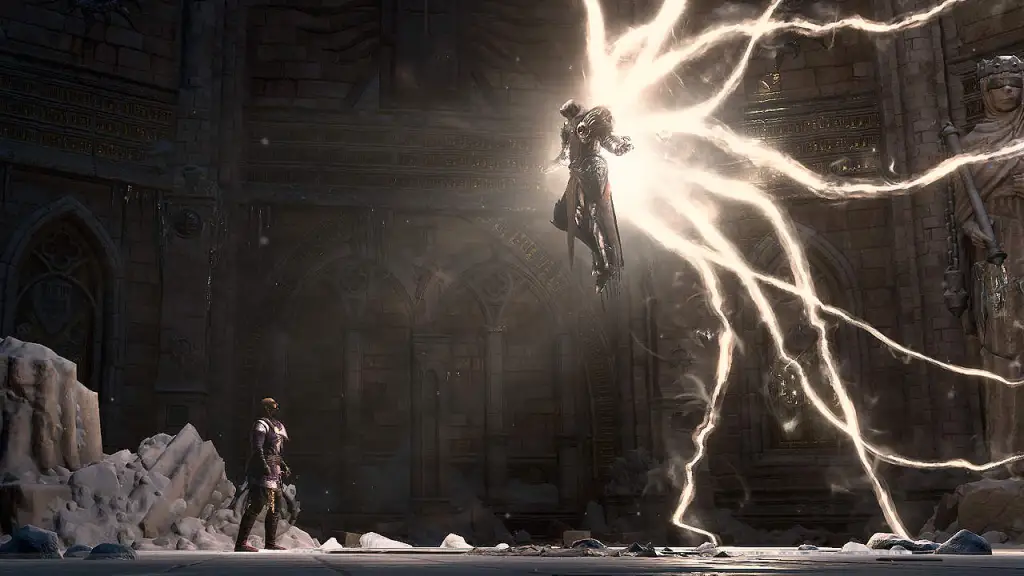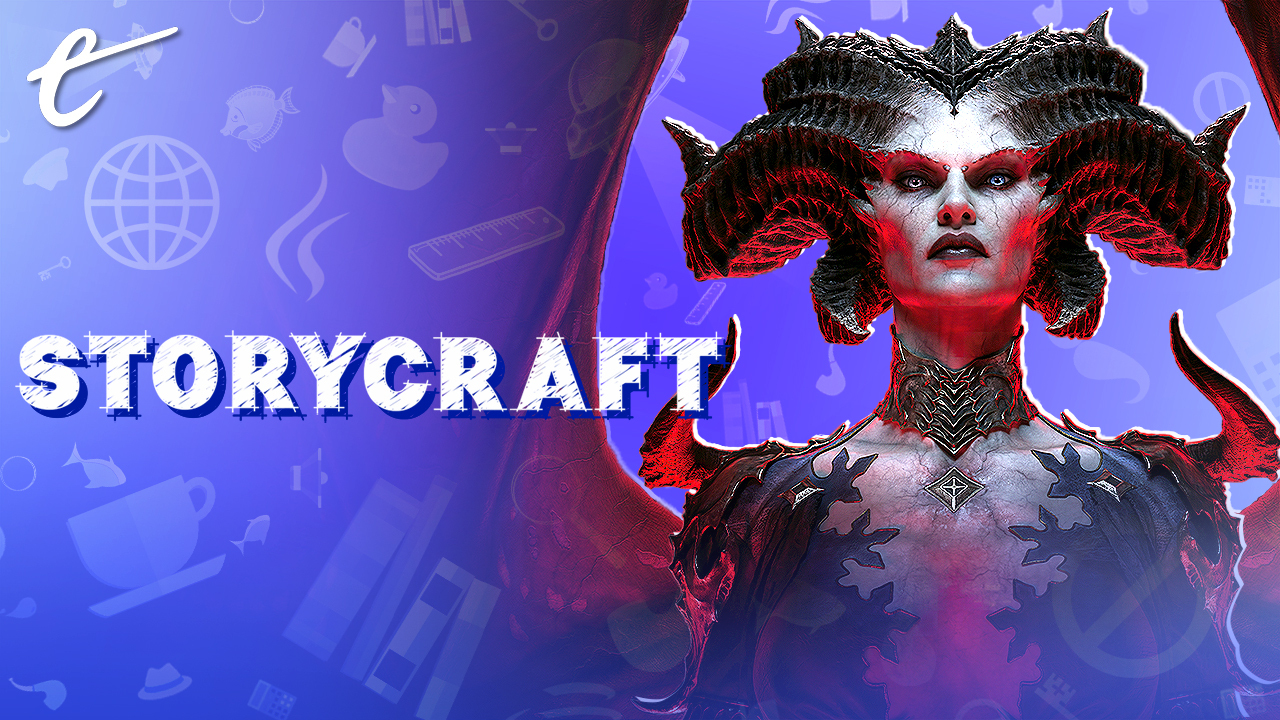“Elevated horror” is a lousy term coined in the last few years to describe movies like Get Out, The Witch, and Hereditary. The directors of these movies, Jordan Peele, Robert Eggers, and Ari Aster, aren’t doing anything new. They look and feel more like the horror films of the ‘60s and ‘70s, like Rosemary’s Baby and The Shining, than Annabelle.
Peele, Eggers, and Aster’s movies are well made, with high storytelling ambitions. There is real work, craft, and thoughtfulness to these pictures. Everything is carefully assembled to tell a singular, contained story that serves as an allegory for a significant issue. They’re also scary as hell.
Diablo always goes big with its storytelling ambitions — there isn’t anything bigger than the battle between heaven and hell. While the original Diablo story is modest, the franchise has consistently escalated the stakes from basic beginnings. No matter how many times the player kills Diablo himself, the journey to get there always feels epic and earned.
But for a game series whose namesake — and main antagonist — is literally the Lord of Terror, Diablo isn’t scary. The first game comes the closest to true horror. All the games have frightening imagery, but the series never reached the level of oppressive dread captured so well by the original. Descending into the depths of Tristram Cathedral, peering through inky darkness for skeletons and zombies, remains chilling even at low resolution. Diablo II’s fourth act, set in the jet-black fortress dimension of Pandemonium, comes closest to the gloom of the original, but it comes after several hours of wide-open swamps, deserts, and jungle.

Keeping things scary while the stakes rise is something horror franchises have always struggled with. Alien, The Exorcist, The Texas Chain Saw Massacre: The sequels to these classics go big and expand the universe and characters but usually lean into action or cheap thrills over scares. No one is going to make the argument that Jaws 2 is scarier than Jaws!
Often, it takes a full-on reboot to bring a horror franchise back to its roots. Evil Dead Rise and Prey are good recent examples, and early screenshots of Diablo IV, with its spindly demons and dank tombs, looked to be taking a page from those decades-long stories: Go back to a more straightforward story, and borrow filmmaking techniques from modern horror masters like Eggers and Aster.
Like its predecessors, Diablo IV starts with a spectacular opening cutscene. It’s grimy, epic, and legitimately scary, with the demon Lilith emerging from a lattice of flesh conjured by human sacrifice. The atmosphere carries into the character selection screen, which is presented Diablo II-style, with the potential heroes gathered around a gloomy campfire. Your first steps into the game are preceded by a portentous in-engine cutscene cut like a Denis Villeneuve movie, and your first combats against hungry wolves are slow and deliberate, with little of the flash we expect from Diablo.
Your first foray into a dungeon, ending in a battle against a massive demon on the same altar from the opening cutscene, is subdued. There are giant blood pentagrams and conjured hellhounds, but the fight feels both focused and bombastic. Most Diablo titles start small like this — the better to sell the power fantasy. Diablo IV is still Diablo, just with a veneer of elevated horror.
When you return to town, the game does something remarkable.

The townspeople drug your character. You pass out, and the camera floats into a long, slow aerial shot of our hero dragged through town on the back of a cart. The sweeping orchestral score and choral chanting give way to a mournful, ominous drone overlaid with the throaty hums of your captor. It’s very different from what we’re used to from Blizzard, which, as far back as Warcraft II, has deployed broad, colorful storytelling to great effect. This moment isn’t broad or colorful: It’s grim and gray, and that’s before the ominous prophecy slithers onto the screen:
I saw my corpse, and from my mouth crawled Hatred,
A father burned his children on a pyre,
and a mother molded a new age from the ashes,
I saw the weak made strong,
a pack of lambs feasting on wolves,
Tears of blood rained on a desert jewel,
and the way to Hell was torn asunder,
Then came a spear of light, piercing Hatred’s heart,
And he who was bound in chains was set free.
I mean, damn. That’s cool as hell! With this cutscene, Diablo announces itself as part of the current horror conversation.
It’s an arrival Diablo almost immediately walks back. The problem is that Diablo is not a slow-burn, arthouse horror movie made by an auteur director. It’s one of the biggest video game releases of the year, probably of the decade, a tentpole blockbuster produced by a legendary developer-turned-entertainment-juggernaut, one whose reputation has suffered greatly in the last decade. Diablo IV has a lot riding on it, and as much as I’m sure the art and narrative team wanted to make something that played like The Northman, we got a blockbuster action game with an A24 skin.

The vast divide between story and gameplay is a common problem in AAA games. Games like Star Wars Jedi: Survivor, where storytelling and gameplay are intertwined, are few, and I don’t blame Blizzard for producing the Diablo IV that we got. The gameplay is really fun, but the artistic side of the game has so much potential wasted on a game where you punch monsters until they explode into clothes and money. In fact, I think the art direction hurts the gameplay: The monsters are all so horrific and “realistic” that they aren’t as readable as the colorful demons and ghosts of prior games, to say nothing of the enemies you fight that are just, like, dudes or the ghosts of dudes.
The Witch and Hereditary use horror tropes like witches and cults as a lens to examine complex ideas like religious isolation and generational trauma. Hereditary uses dollhouses and miniatures to illustrate how the characters have no agency in the story. Does Diablo IV’s isometric perspective illustrate that the characters are puppets fighting a war between heaven and hell they have no choice but to wage? Or is it because it was the most efficient way to render hordes of monsters in 1997? Why did they keep that perspective for all four games? Is there a creative reason? Does it speak to the story being told? Or is the answer the same as in 1997 and avoiding the apocalyptic outcry if they ever changed Diablo into an FPS?
The true center of video game criticism will always be the balance among tech, art, and business. Movies have a 100-year headstart over games on navigating this balance. As long as big-budget games prioritize tech and business, we’ll get more games like Diablo IV, where artistic integrity is nothing more than an arthouse skin pulled tightly over a shallow skeleton.
Related: All Diablo Games Ranked, by Twinfinite





